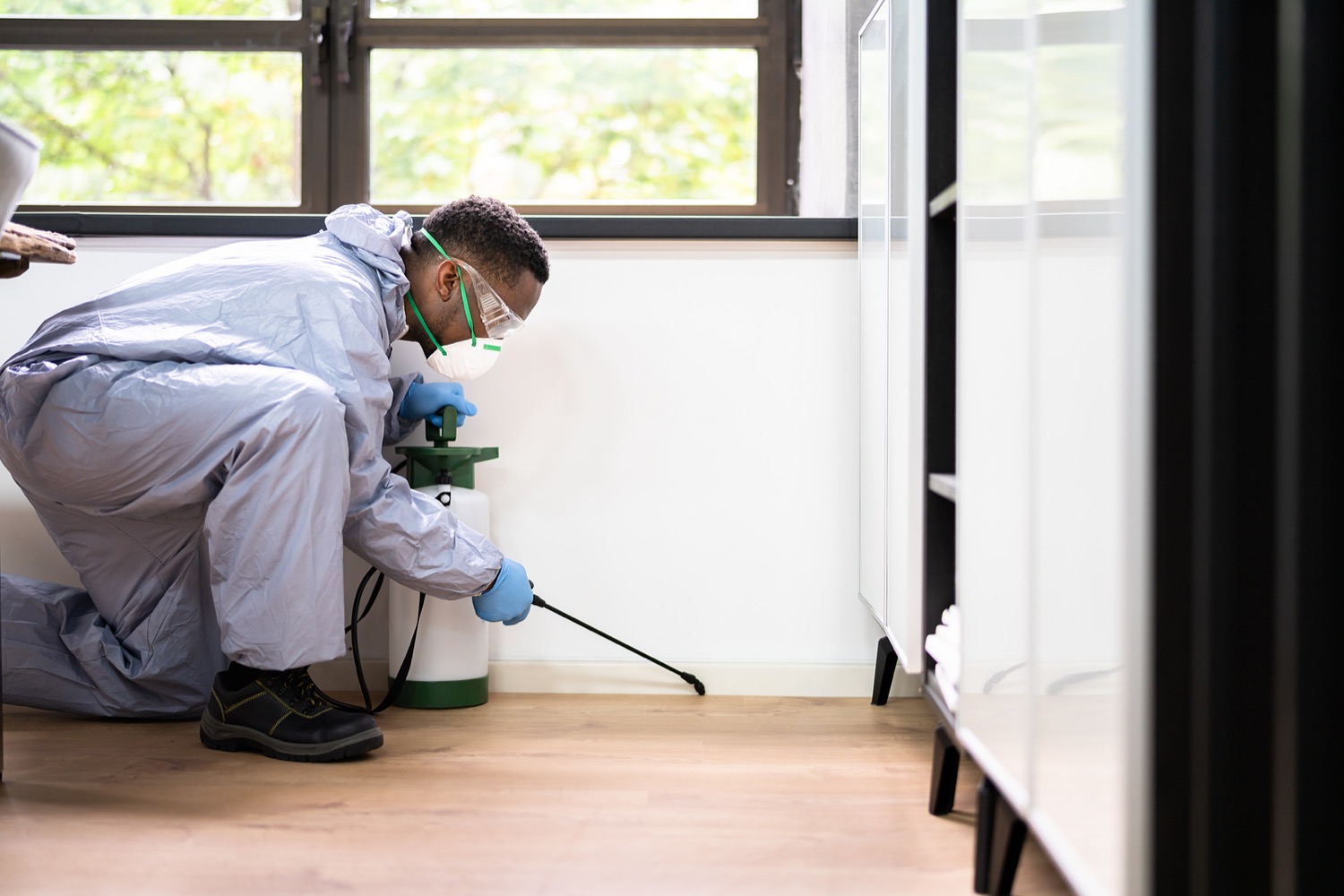Mastering the Art of Bug Control: Proven Approaches for Long-Term Prevention and Eradication
By grasping the art of bug control via proven methods for long-lasting prevention and elimination, one can establish a proactive defense versus potential dangers. Recognizing the actions of pests, implementing integrated insect management strategies, and using all-natural remedies are just a couple of key components vital to accomplishing long-term success in this undertaking.
Comprehending Insect Habits
To effectively implement parasite control methods, it is important to understand the complex behaviors displayed by numerous insects in various atmospheres. Understanding parasite habits is a basic facet of developing effective pest administration strategies. Each bug species has one-of-a-kind habits and choices that influence their motion, feeding, and breeding patterns. By examining these habits, parasite control specialists can recognize one of the most weak spots in the parasite's life cycle to target treatments better.
For instance, rats like computer mice and rats are nocturnal animals that like dark, private areas near a food resource. a1 pest control portland bed bugs. Understanding this, parasite control specialists can concentrate on securing access points and removing food attractants to hinder these bugs. On the other hand, pests such as roaches thrive in warm, humid areas with access to water. By addressing dampness problems and securing holes and cracks, infestations can be substantially lowered.
Executing Integrated Bug Management
Implementing Integrated Parasite Administration includes making use of an alternative strategy to attend to insect issues by incorporating various control techniques and methods. This approach highlights avoidance, surveillance, and control of parasites through a mix of organic, cultural, physical, and chemical interventions. By incorporating numerous methods, Integrated Insect Administration (IPM) aims to minimize making use of pesticides while properly taking care of pest populations.
Prevention is also a fundamental concept of IPM, focusing on removing factors that draw in pests, such as sanctuary, water, and food. Normal tracking and evaluation are vital to discover pest infestations early and avoid them from escalating.
Moreover, IPM promotes making use of sustainable and ecologically friendly bug control methods to decrease harm to non-target microorganisms and the surrounding environment - a1 portland pest control bed bugs. By taking on an Integrated Pest Administration technique, companies and people can properly take care of parasites while lowering dependence on chemical pesticides
Making Use Of Natural Treatments
Building upon the structure of Integrated Parasite Management, a shift in the direction of making use of natural solutions supplies an eco-friendly technique to pest control. Natural solutions harness the power of nature to discourage and eliminate pests without using extreme chemicals that can hurt the setting, human beings, and advantageous microorganisms.

Furthermore, growing pest-repelling plants like marigolds, lavender, and mint around homes and gardens can help hinder pests normally. These plants produce smells that insects find unpleasant, driving them away without the need for chemical intervention.
Preserving Cleanliness and Hygiene

Routinely checking and cleaning up hard-to-reach areas such as behind home appliances, under sinks, and in storage space wardrobes is crucial for identifying and eliminating prospective insect habitats. Mess ought to be reduced as bugs typically try this out seek refuge in heaps of products or particles. Applying a routine cleaning timetable and ensuring all participants of the home or employees are educated on correct health techniques can go a long way in parasite prevention. By preserving tidiness and hygiene requirements, the setting comes to be much less friendly to pests, ultimately supporting long-term parasite control initiatives.
Routine Assessments and Monitoring
Normal assessments and keeping an eye on play a vital role in proactively determining and resolving possible bug problems before they intensify. By conducting normal evaluations of both the interior and exterior of a building, parasite control experts can detect very early indicators of problems, bug entry factors, and problems conducive to insect activity.
Regular surveillance permits the early discovery of pest problems, enabling speedy intervention to avoid extensive invasions that can be challenging and expensive to eradicate. Furthermore, routine evaluations and checking help to abide by regulative needs and maintain a secure, pest-free atmosphere for occupants. Executing a positive approach with regular inspections and surveillance is a keystone of efficient insect management, giving comfort and long-term defense against insect threats.
Verdict
Finally, grasping the art of insect control involves understanding parasite actions, carrying out integrated pest management, making use of all-natural treatments, keeping sanitation and health, and performing regular examinations and monitoring. By adhering to these tested methods for lasting prevention and removal, people can effectively manage pest problems and develop a much healthier and safer setting on their own and their environments.
To effectively apply parasite control strategies, it is necessary to understand the complex habits showed by different insects in various atmospheres (a1 bed bugs exterminator portland). By researching these behaviors, bug control specialists can identify the most at risk factors in the parasite's life cycle to target treatments a lot more effectively
Applying Integrated Insect Administration includes utilizing a holistic approach to resolve bug concerns by integrating different control methods and techniques. By keeping cleanliness view it and health standards, the setting becomes less congenial to pests, inevitably supporting long-term insect control initiatives.
By conducting routine examinations of both the home interior and outside of a residential or commercial property, bug control experts can identify very early indications of infestations, pest access factors, and problems conducive to parasite activity.